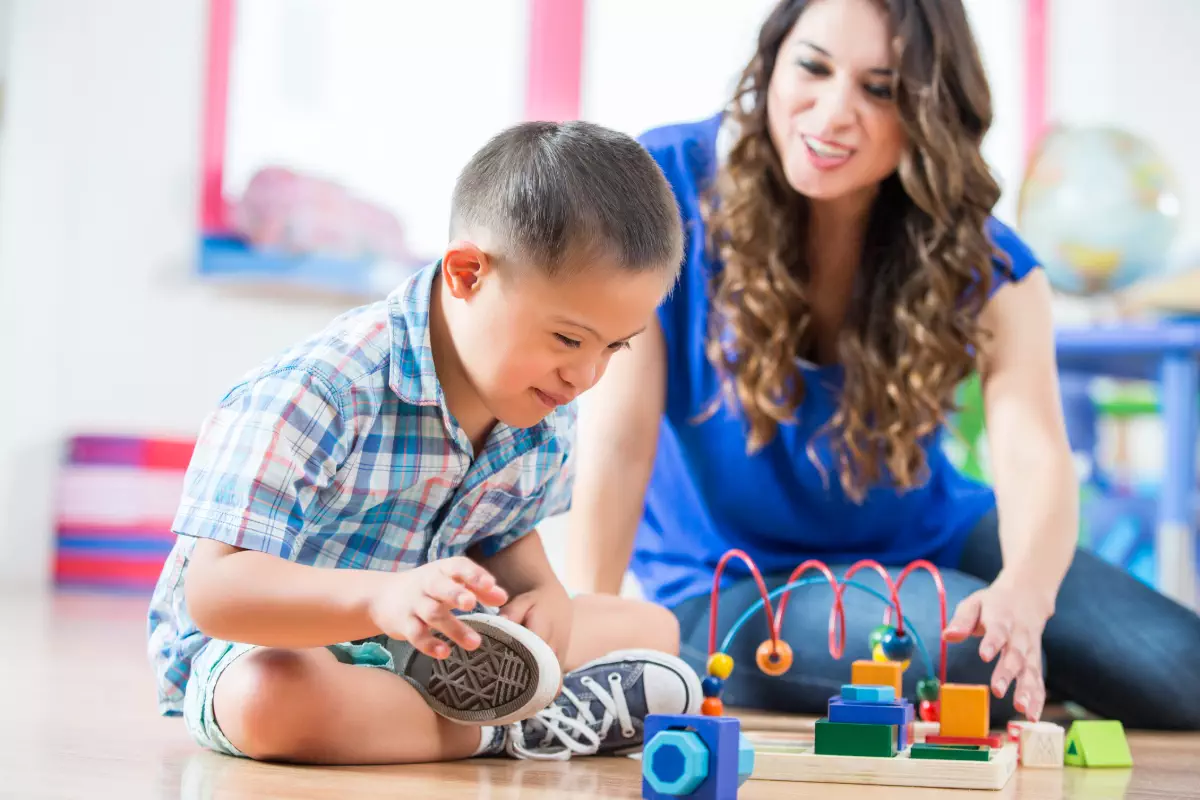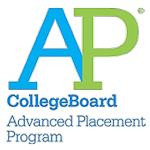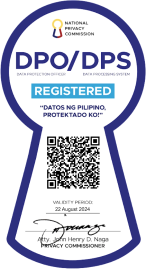
Also called virtual or online learning, distance learning is instrumental in achieving quality education amidst the coronavirus pandemic. At the school level, academic institutions regard distance learning as the new normal. As a result, schools in Pasig and elsewhere in the Philippines, such as Reedley IS, prioritized distance learning when the pandemic hit.
What is distance learning?
Britannica defines distance learning as
a form of education wherein the teachers are physically separated from the students during instruction, and the use of various technologies facilitates learning
Distance learning initially catered to non-traditional students such as military personnel, full-time employees, non-residents, and others who cannot otherwise attend classroom lectures. However, the global health crisis expedited the necessity of online learning.
In 2017, there were 6.6 million distance learning students. However, in 2020, the number skyrocketed to 400 million students worldwide.
While distance learning has immense benefits, it disproportionately impacts students with disabilities. This is true whether these students live with visual, hearing, or movement impairments; have limited mobility; have disabilities caused by systemic diseases. It would be especially challenging for the teachers to support special needs students physically since everything is done online. Another related challenge is helping these students navigate technology, keeping them engaged throughout the lecture.
The question remains: how can the school and parents support students with special needs during distance learning? Here are some answers.
1) Set clear goals and boundaries
Successfully adapting to distance learning starts with setting clear goals and expectations. For example, parents may set attainable goals for school days, write them down and post them somewhere the children can see them. This is fundamental to children who are extremely visual learners.
Pictures, illustrations, charts, diagrams, and other visual aids are critical in setting structure to the learning environment of special needs children. The simplest ones can help, such as printed yes or no that your child can interact with when asking questions or giving permission. Through this, your child would learn what behaviors are acceptable and how to respond appropriately when being asked.
Primarily, goals are school-oriented. Nonetheless, it helps to set fun goals that your child could appreciate more.
2) Understand how your child learns best
Identifying your child’s type of learning can make a difference in navigating through the challenges of distance learning. There are at least three types of learners: visual, auditory, and kinesthetic.
Visual learners thrive through learning materials that they can see and read. They do well when lessons are presented visually, such as via diagrams and charts. These learners love to draw, paint and scribble. Auditory learners learn best through listening, so they thrive through oral discussions. These learners interact with both language and music. Kinesthetic learners learn through doing. So they explore and learn best when they can feel and interact with objects physically. Therefore, hands-on activities are highly advisable for kinesthetic learners.
You would know what learning materials to reinforce inside the at-home classroom once you determine your child’s primary learning style.
3) Create a classroom environment at home
A supportive learning environment contributes to a smooth transition to distance learning. In addition, having a dedicated ‘classroom’ at home can definitely provide structure, which students with special needs need.
This is your child’s personalized space specifically designed for optimal learning. The room must be composed of things where the child can be creative. Better yet, if he can, ask for his input when decorating the room. In this way, you would know where they want to put their gadgets, pencils, crayons, etc.
In allowing them to participate in decorating the classroom or in any way they can, you are getting them into the mindset of learning. They need this to manage and guide their expectations.
4) Create new routines
Change can be challenging for children with special needs. Creating structures at home allow greater consistency and predictability. When you respond in the same way, you could lessen problem behaviors such as tantrums and meltdowns.
A typical classroom routine can be modified when transitioning into distance learning. You may ask the assistance of teachers in developing this modified version at home to ensure that they are appropriate to your child’s needs. Break down the schedules into mini routines to make activities more manageable.
Consider sticking with the established routines that are proven to work. Some examples are getting dressed in the morning before heading to the ‘classroom.’
Furthermore, routines and schedules help the child as much as they help you. Routines guide your child’s actions because he would know what should happen next. As a result, they improve your child’s behaviors and enhance the relationship you have with him.
It would be best to let other family members be aware of the said routines to help reinforce them. Anything that deviates from routines, schedules, and expectations may confuse the child. This does not foster the confidence and stability that special needs children need as they grow older.
On the contrary, there will be less stress and challenges when you establish a routine that works for the child and the family. Everyone will be conscious of the said deviations and be prepared when things do not go as planned.
5) Obtain feedback from the teachers
As the parent, you know what is best for your child. However, the teachers may provide insights into their learning and learning behaviors. You can structure your at-home classroom based on the input you’ve learned from teachers. You should feel comfortable discussing concerns, priorities, and challenges with the teachers. In this way, they can make informed educational decisions regarding your child and other students with special needs. Your goal is the same: make learning consistently effective despite the physical distance between them and their students.
Before the school year begins, discuss how the school and your child’s adviser conduct virtual learning. More specifically, ask about the technologies they would integrate so you can prepare your child accordingly. Either guided or independent-use, your child will primarily interact with a gadget, which you should also know how to use yourself. Knowing these things prepares you for the tasks involved in distance learning while also tailoring that learning to your child’s special needs.
If your child has learning preferences, communicate these to the teachers. In this way, they may accommodate the requirements before drafting class schedules if possible. Schools and teachers are usually accommodating to special needs students because they understand what needs to be implemented to make learning less challenging. As such, the schedules will have the greatest impact on your child’s learning process.
You will be tracking your child’s progress at home. Additionally, you need to provide the teachers with feedback on your child’s progress–whether he can do specific tasks and why he could not do so. Things that your child struggles with should be reported to the teacher too. In this way, the teacher would know which activities or accommodations work and which are not. Essentially, she may introduce changes to her discussions, for instance, to understand what her students actually need.
6) Be flexible
While we consistently talk about creating routines, sticking with schedules, developing consistency, etc., you should be flexible too. With or without special needs, children could benefit from taking breaks. You can integrate this into the daily schedules or when activities get too overwhelming for your child. It is essential to make them feel that you acknowledge rest when they need it the most.
Of course, some children struggle with telling others that they need to stop for a while and continue later on. Some children are non-verbal. If your child cannot express his desires, look for non-verbal cues. For instance, when they hesitate to pick up their pencil or consistently put their pens down, it could mean he is tired of writing. You should either rest or find another activity that your child feels like doing at the moment.
Flexibility means promoting certain activities that your child will enjoy–these are non-academic activities that should figure into the schedule. This is how you can make the learning environment at home interesting and exciting for your child. There should be enough leeway to keep him entertained.
Learning does not just happen inside the classroom regardless of how you built for your child’s success. Learning also occurs outside that space. Thus, find ways to make certain activities a learning experience for your child. An example is picking up toys by colors or counting them as each toy is placed inside the box.
Parents like you and teachers need to realize that the transition towards more effective distance learning is a collective effort. Teachers and parents have paramount roles in making the learning process successful for the special needs students to thrive, albeit in the alternative learning setup. This is crucial because the teachers depend on individuals other than themselves in delivering instruction to students with special needs. This may create problems if not implemented properly. So ask, help, guide, and reciprocate whenever necessary to support these students with special needs because they undoubtedly benefit from it.






 logo.png)



